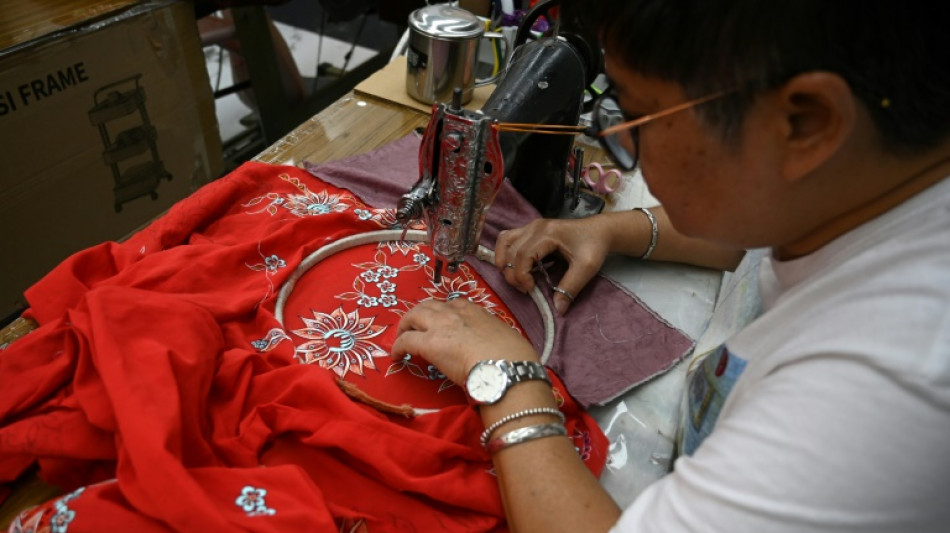
-
 India's Bollywood counts costs as star fees squeeze profits
India's Bollywood counts costs as star fees squeeze profits
-
McCullum admits errors in Ashes preparations as England look to salvage pride

-
 Pets, pedis and peppermints: When the diva is a donkey
Pets, pedis and peppermints: When the diva is a donkey
-
'A den of bandits': Rwanda closes thousands of evangelical churches
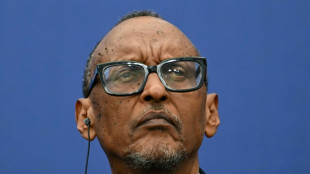
-
 Southeast Asia bloc meets to press Thailand, Cambodia on truce
Southeast Asia bloc meets to press Thailand, Cambodia on truce
-
As US battles China on AI, some companies choose Chinese

-
 AI resurrections of dead celebrities amuse and rankle
AI resurrections of dead celebrities amuse and rankle
-
Steelers receiver Metcalf strikes Lions fan

-
 Morocco coach 'taking no risks' with Hakimi fitness
Morocco coach 'taking no risks' with Hakimi fitness
-
Gang members given hundreds-years-long sentences in El Salvador
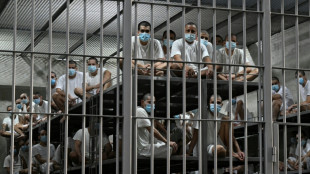
-
 Chargers, Bills edge closer to playoff berths
Chargers, Bills edge closer to playoff berths
-
Gang members given hundred-years-long sentences in El Salvador
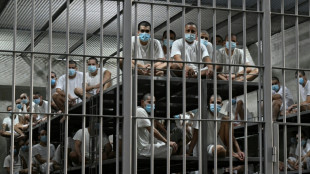
-
 Hosts Morocco off to winning start at Africa Cup of Nations
Hosts Morocco off to winning start at Africa Cup of Nations
-
No jacket required for Emery as Villa dream of title glory

-
 Amorim fears United captain Fernandes will be out 'a while'
Amorim fears United captain Fernandes will be out 'a while'
-
Nigerian government frees 130 kidnapped Catholic schoolchildren
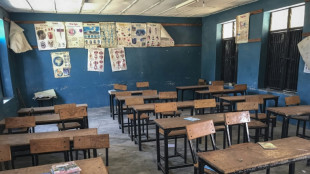
-
 Captain Kane helps undermanned Bayern go nine clear in Bundesliga
Captain Kane helps undermanned Bayern go nine clear in Bundesliga
-
Captain Kane helps undermanned Bayern go nine clear

-
 Rogers stars as Villa beat Man Utd to boost title bid
Rogers stars as Villa beat Man Utd to boost title bid
-
Barca strengthen Liga lead at Villarreal, Atletico go third

-
 Third 'Avatar' film soars to top in N. American box office debut
Third 'Avatar' film soars to top in N. American box office debut
-
Third day of Ukraine settlement talks to begin in Miami

-
 Barcelona's Raphinha, Yamal strike in Villarreal win
Barcelona's Raphinha, Yamal strike in Villarreal win
-
Macron, on UAE visit, announces new French aircraft carrier

-
 Barca's Raphinha, Yamal strike in Villarreal win
Barca's Raphinha, Yamal strike in Villarreal win
-
Gunmen kill 9, wound 10 in South Africa bar attack

-
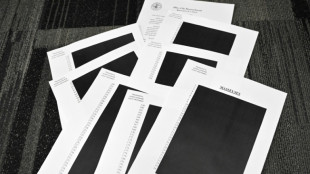 Allegations of new cover-up over Epstein files
Allegations of new cover-up over Epstein files
-
Atletico go third with comfortable win at Girona

-
 Schwarz breaks World Cup duck with Alta Badia giant slalom victory
Schwarz breaks World Cup duck with Alta Badia giant slalom victory
-
Salah unaffected by Liverpool turmoil ahead of AFCON opener - Egypt coach

-
 Goggia eases her pain with World Cup super-G win as Vonn takes third
Goggia eases her pain with World Cup super-G win as Vonn takes third
-
Goggia wins World Cup super-G as Vonn takes third

-
 Cambodia says Thai border clashes displace over half a million
Cambodia says Thai border clashes displace over half a million
-
Kremlin denies three-way US-Ukraine-Russia talks in preparation

-
 Williamson says 'series by series' call on New Zealand Test future
Williamson says 'series by series' call on New Zealand Test future
-
Taiwan police rule out 'terrorism' in metro stabbing

-
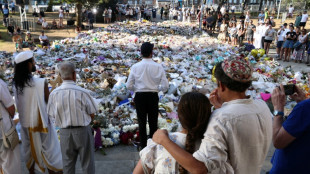 Australia falls silent, lights candles for Bondi Beach shooting victims
Australia falls silent, lights candles for Bondi Beach shooting victims
-
DR Congo's amputees bear scars of years of conflict

-
 Venison butts beef off menus at UK venues
Venison butts beef off menus at UK venues
-
Cummins, Lyon doubts for Melbourne after 'hugely satsfying' Ashes

-
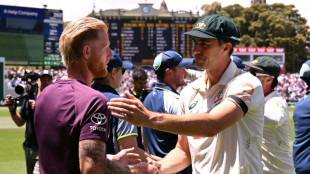 'It sucks': Stokes vows England will bounce back after losing Ashes
'It sucks': Stokes vows England will bounce back after losing Ashes
-
Australia probes security services after Bondi Beach attack

-
 West Indies need 462 to win after Conway's historic century
West Indies need 462 to win after Conway's historic century
-
Thai border clashes displace over half a million in Cambodia

-
 Australia beat England by 82 runs to win third Test and retain Ashes
Australia beat England by 82 runs to win third Test and retain Ashes
-
China's rare earths El Dorado gives strategic edge

-
 Japan footballer 'King Kazu' to play on at the age of 58
Japan footballer 'King Kazu' to play on at the age of 58
-
New Zealand's Conway joins elite club with century, double ton in same Test
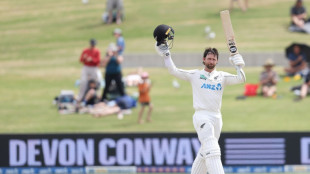
-
 Australian PM orders police, intelligence review after Bondi attack
Australian PM orders police, intelligence review after Bondi attack
-
Durant shines as Rockets avenge Nuggets loss
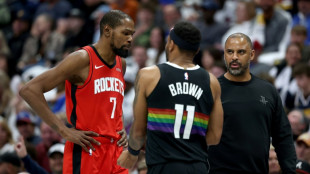

Southeast Asia seeks global recognition for 'special' kebaya craft
In a Malaysian boutique, a small group of seamstresses sit at clattering sewing machines, stitching bright flowers and leaves into kebayas, traditional blouses worn by women around Southeast Asia.
What makes kebayas special is that they are worn by women of all ethnic backgrounds in a diverse region, according to Lim Yu Lin, who co-runs the family business her grandmother founded in 1955.
"It's not only meant for one culture," she told AFP.
In a moment of unity, Malaysia, Indonesia, Singapore, Brunei and Thailand have jointly nominated the kebaya for the UN's prestigious intangible cultural heritage list, with a decision expected in 2024.
Suited to hot tropical weather, the intricately embroidered blouse is usually long-sleeved, and ranges from loose-fitting to semi-transparent, figure-hugging cuts.
A kebaya can cost as little as $7 for a simple, machine-made design,to around $1,200 for a more intricate handmade piece.
- National symbol -
Indonesia picked the centuries-old kebaya as its national dress for women after it declared independence from the Netherlands in 1945.
Author and independence activist Soerastri Karma Trimurti celebrated the new country's cultural roots by wearing a kebaya to the proclamation ceremony. She later became the country's first minister of labour.
The blouse was later popularised by Malaysian film actors.
Singapore, Malaysia and Indonesia's national airlines also used it as the inspiration for their uniforms.
Kebayas were traditionally worn to weddings and formal events, but they are seeing a steady comeback among enthusiasts who wear them in daily life.
In Singapore, Charmaine Neo, 36, said she wears the garment to attend family events, and that it is suited to women of all ages.
"It's not just limited to the older folks. You see lots of young people also wearing the kebaya," she said.
"It's very flattering to the figure."
In Indonesia, 49-year-old Telly Nathalia said it was during a holiday with friends to Central Java province that she decided to start wearing a kebaya every day.
In her eyes, it was a way to connect with her country's history.
"Our ancestors lived here wearing kebaya," she said.
"People would ask, 'are you going to a party or something? A wedding?' Because in Indonesia when you wear a kebaya, they would think that you are going to something special."
- 'Our culture, our identity' -
The kebaya is believed to have originated in the Middle East and was once worn by both men and women.
Over a dozen styles have been developed across Southeast Asia, mostly in Indonesia and Malaysia.
"It's a form of traditional women's garment that has evolved over time," said Yeo Kirk Siang, a senior director at Singapore's National Heritage Board (NHB), which organised a kebaya exhibition in April following the UNESCO nomination.
"There was a kind of fusion of cultures, influences and different communities that brought about their own kebayas."
Oniatta Effendi, a fashion designer in Singapore who creates modern takes on the traditional blouse, said it is a symbol of cultural heritage.
"Many of us grow up seeing a kebaya worn by our mothers and grandmothers. It represents our culture, our identity," she said, according to an NHB statement.
"The kebaya may present itself differently in different countries. Its significance to each person may also be different, but one thing is certain: the kebaya brings us together through an identity that is shared."
O.Norris--AMWN



